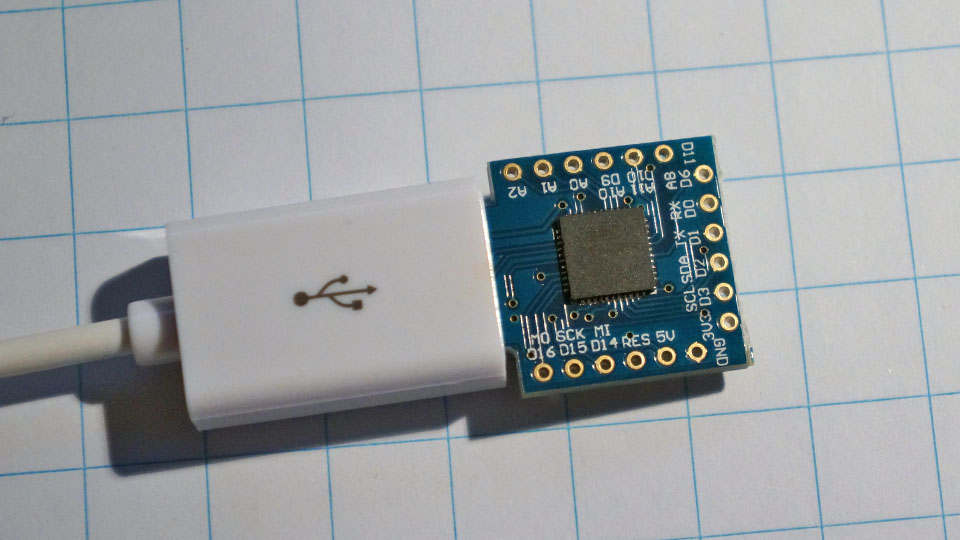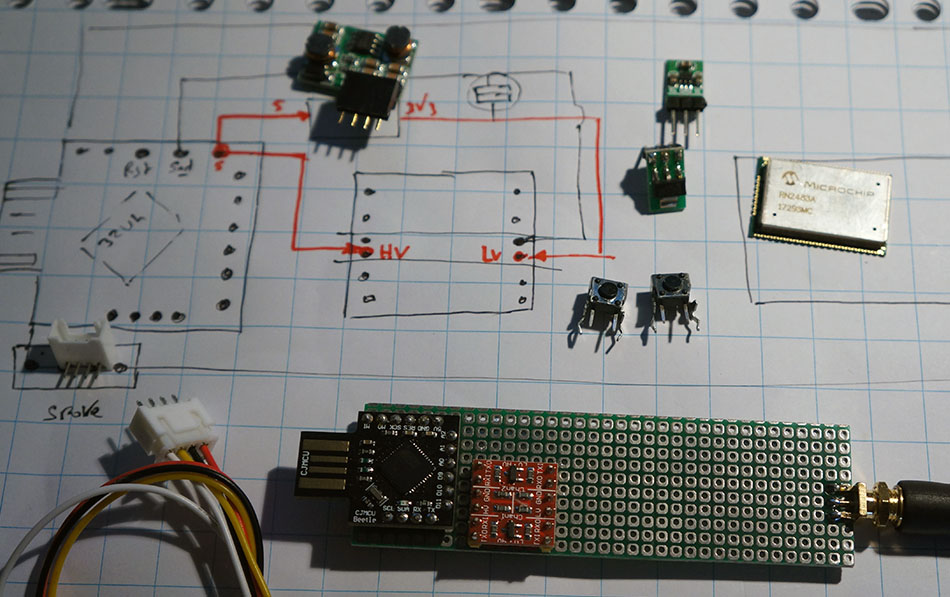
using 'analog design tools 
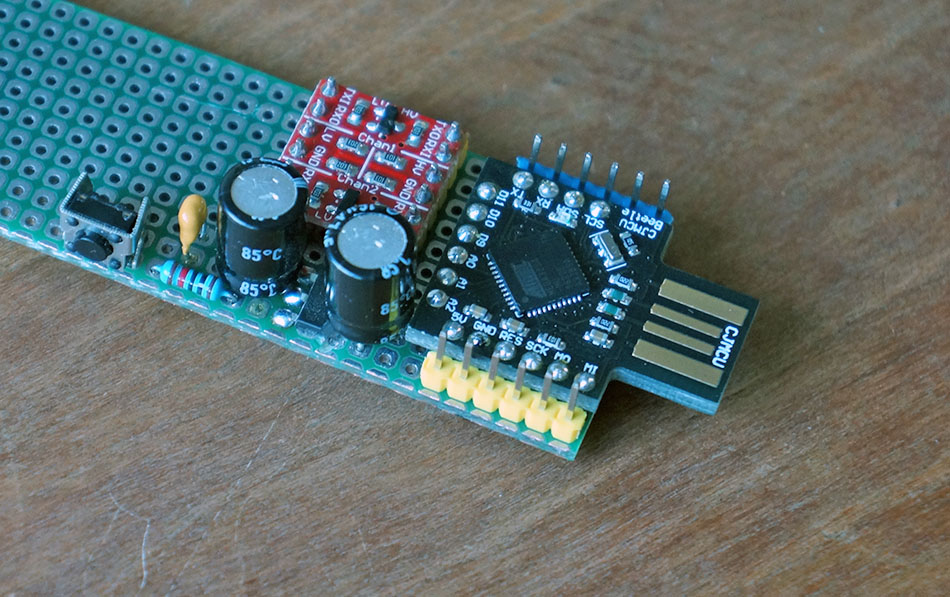
5v - 3v3 - reset - levelshifter
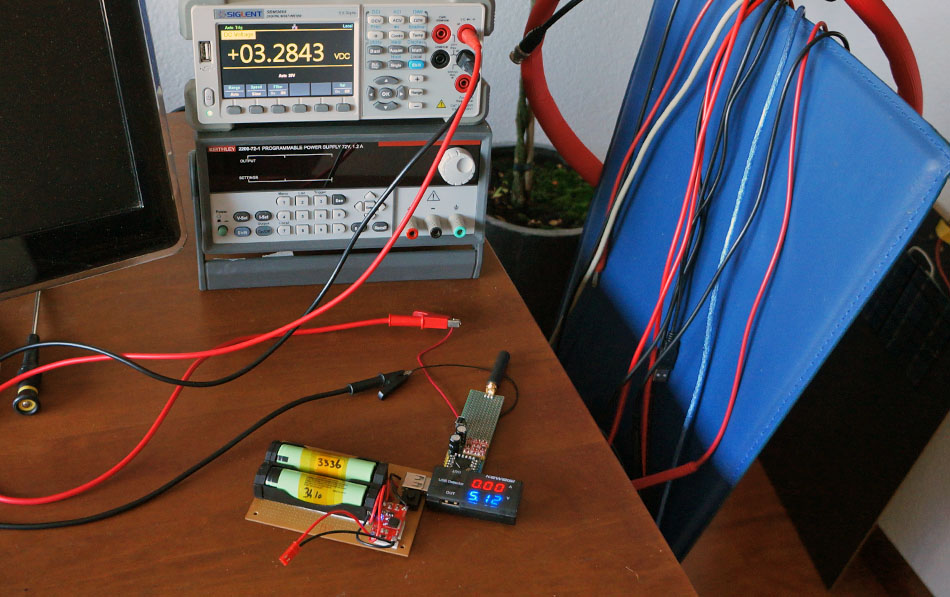
everything works… last part now is mounting the rn2483A
- decided to build version v2 of the TTN stick with this 32U4 @ 3v3 so you don’t need the levelshifter/voltage conversion
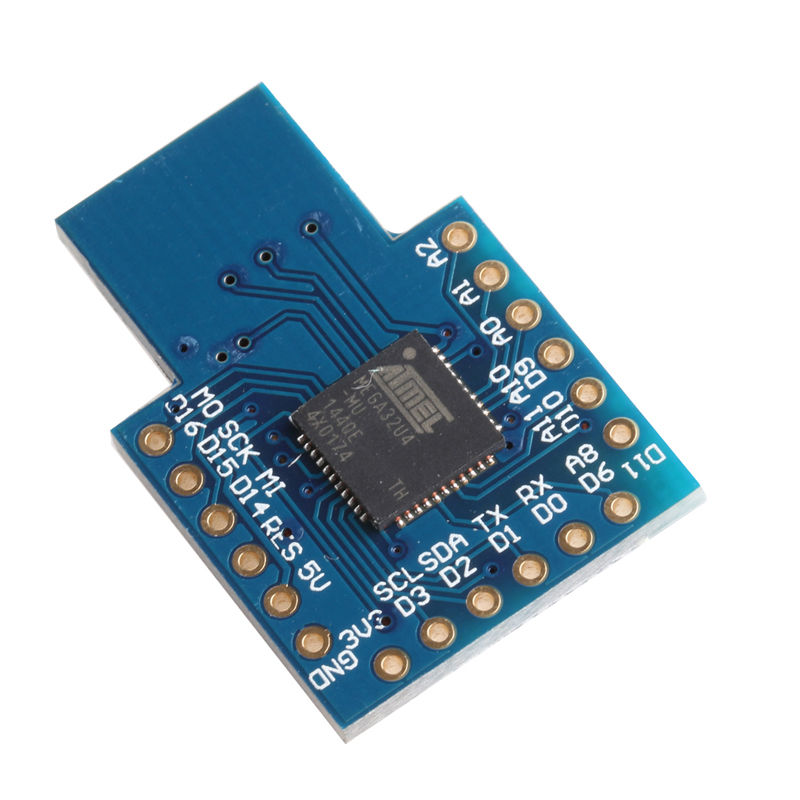
update 2018 
that’s not true … the GPIO is still 5v so you need a level shifter to connect it to rn2483 or rak811
